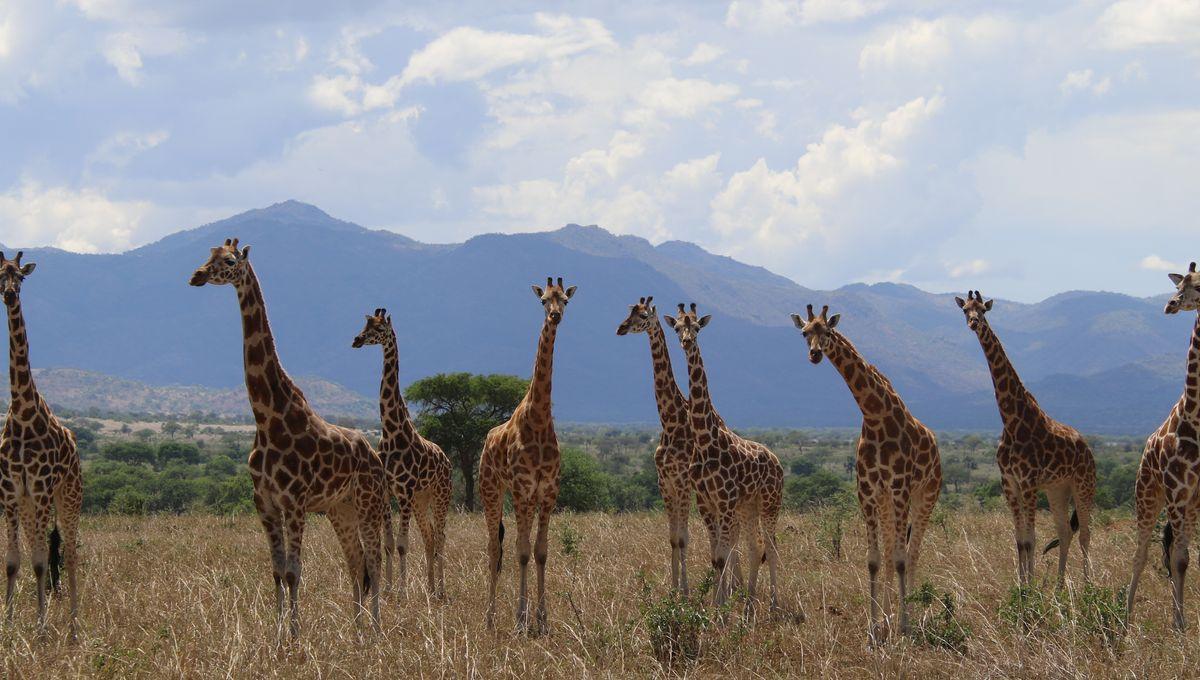Classifying animals is tricky but vitally important for conservation. Many species have undergone rejigs in their taxonomy, which can lead to better understanding of their behavior, ecology, and, crucially, help support protection goals both for local species and on a global level. Now, giraffes are the latest to get this treatment; 10 years after it was first proposed, four distinct species have been formally recognized.
The rest of this article is behind a paywall. Please sign in or subscribe to access the full content. “This recognition is more than symbolic,” said Dr Julian Fennessy, Giraffe Conservation Foundation (GCF) Co-founder and Director of Conservation, in a statement sent to IFLScience. “Each giraffe species faces different threats, and now we can tailor conservation strategies to meet their specific needs. It gives African countries and the global community the tools to act — before it’s too late.” This formal recognition has been a long time coming, with work being done on recognizing the different species as early as 2016 by the IUCN SSC Giraffe and Okapi Specialist Group (GOSG). Both genetic research and work looking into the shape of the skulls of each of the species had a part to play in this outcome. For more than 10 years, samples were collected from different giraffe populations across Africa, including areas like Niger, Chad, and South Sudan that have undergone periods of significant political instability. “To describe four new large mammal species after more than 250 years of taxonomy is extraordinary,” said Professor Axel Janke of the Senckenberg Biodiversity and Climate Research Centre, which co-led the research with the GCF. “Especially for animals as iconic as giraffes, which roam Africa in plain sight. Our genetic analyses show that the differences between giraffe species are as distinct as those between brown and polar bears.” Each species has a distinct habitat, population size, and even skull shape. Image Credit: © Giraffe Conservation Foundation Before this new method to classify these iconic African mammals, they were historically believed to be just one species, with nine subspecies. The four species confirmed are: the Masai giraffe, northern giraffe, reticulated giraffe, and southern giraffe. The northern giraffe also has three subspecies: the West African giraffe (G. c. peralta), Kordofan giraffe (G. c. antiquorum), and Nubian giraffe (G. c. camelopardalis). While the Masai giraffe and the Southern giraffe have two subspecies respectively: the Masai giraffe sensu stricto (G. t. tippelskirchi) and Luangwa/Thornicroft’s giraffe (G. t. thornicrofti); and South African giraffe (G. g. giraffa) and Angolan giraffe (G. g. angolensis), respectively. Understanding which countries contain which species can lead to more targeted conservation outcomes. Image Credit: © Giraffe Conservation Foundation Each species faces distinct threats, has its own preferred habitat, and has different population sizes. The IUCN will now assess the conservation status of each species for its Red List of Threatened Species™; initial understanding suggests that three of the four species may already be threatened. “Recognising these four species is vital not only for accurate IUCN Red List assessments, targeted conservation action and coordinated management across national borders. The more precisely we understand giraffe taxonomy, the better equipped we are to assess their status and implement effective conservation strategies,” said Michael Brown, Co-Chair of the GOSG and Conservation Science Coordinator for the GCF. Giraffes are far from the only ones to be split into new species; recently, manta rays, Portuguese man o' war, and even the world's longest venomous snake have all been divided into new species.  GCF.png)






